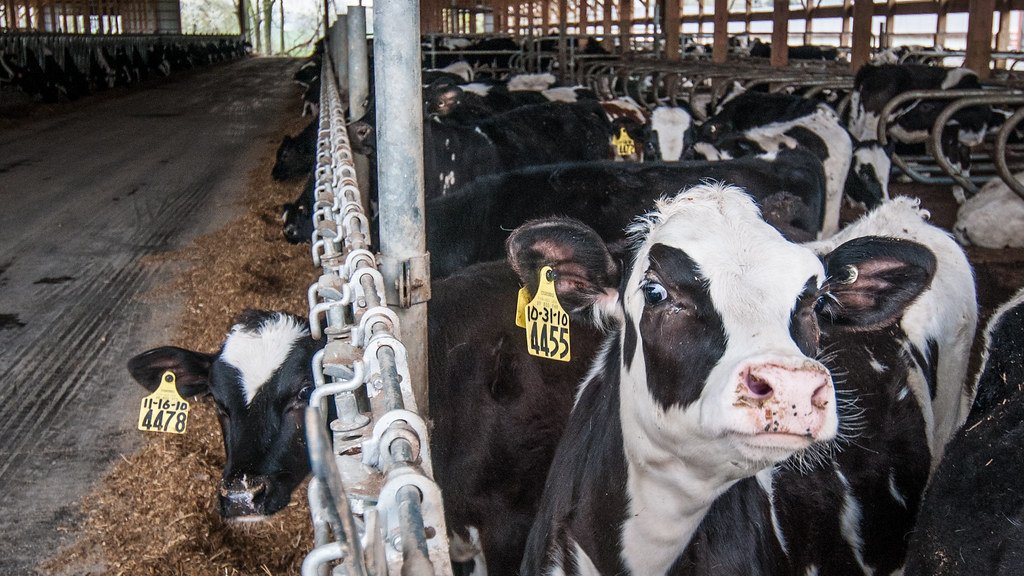From HEATED
Summary
A recent U.N. climate report warns the planet is on track to heat by 2.6 to 3.1 degrees Celsius due to inadequate climate action. The report underreports livestock’s greenhouse gas emissions, attributing only 6% to livestock when studies suggest it’s between 11-20%. This discrepancy raises concerns about industry influence and the limitations of measuring only direct emissions, obscuring the true climate impact of livestock and other sectors. Urgent reductions in emissions, particularly from wealthy nations, are necessary to avert climate catastrophe.
Highlights -🌍
- Climate Warning: U.N. report predicts a temperature rise of 2.6 to 3.1°C.
- Livestock Emissions Underreported: Only 6% attributed to livestock, contrary to research suggesting 11-20%.
- Industry Influence: Concerns about pressure from animal agriculture to downplay emissions.
- Direct vs. Indirect Emissions: Report measures only direct emissions, ignoring full lifecycle impacts.
- Action Needed: Livestock sector must reduce emissions by 25% in six years.
- Wealthy Nations’ Role: G20 countries responsible for 77% of emissions; urgent action is required.
- Investment Required: Achieving net-zero will require significant global investment.
A United Nations climate report made headlines last week with a stark warning: the planet is on track to heat by 2.6 to 3.1 degrees Celsius within the century.
The Emissions Gap Report says world leaders have continuously failed to fulfill their climate pledges for nearly a decade, thereby putting ecosystems and the economy at risk of irreversible damage. This lack of progress is by far the most critical conclusion of the U.N.’s 100-page report—especially considering that, in one month, world leaders will make a new set of climate pledges at the U.N. annual climate summit in Azerbaijan.
But during my own read-through, I also noticed something about the report that felt worthwhile to highlight: it seems to seriously undercount the climate impact of livestock, one of the most polluting parts of the global economy.
So I reached out to one of the lead authors on the report, as well as some of my most trusted sources on animal agriculture researchers, to find out why.
[...]





